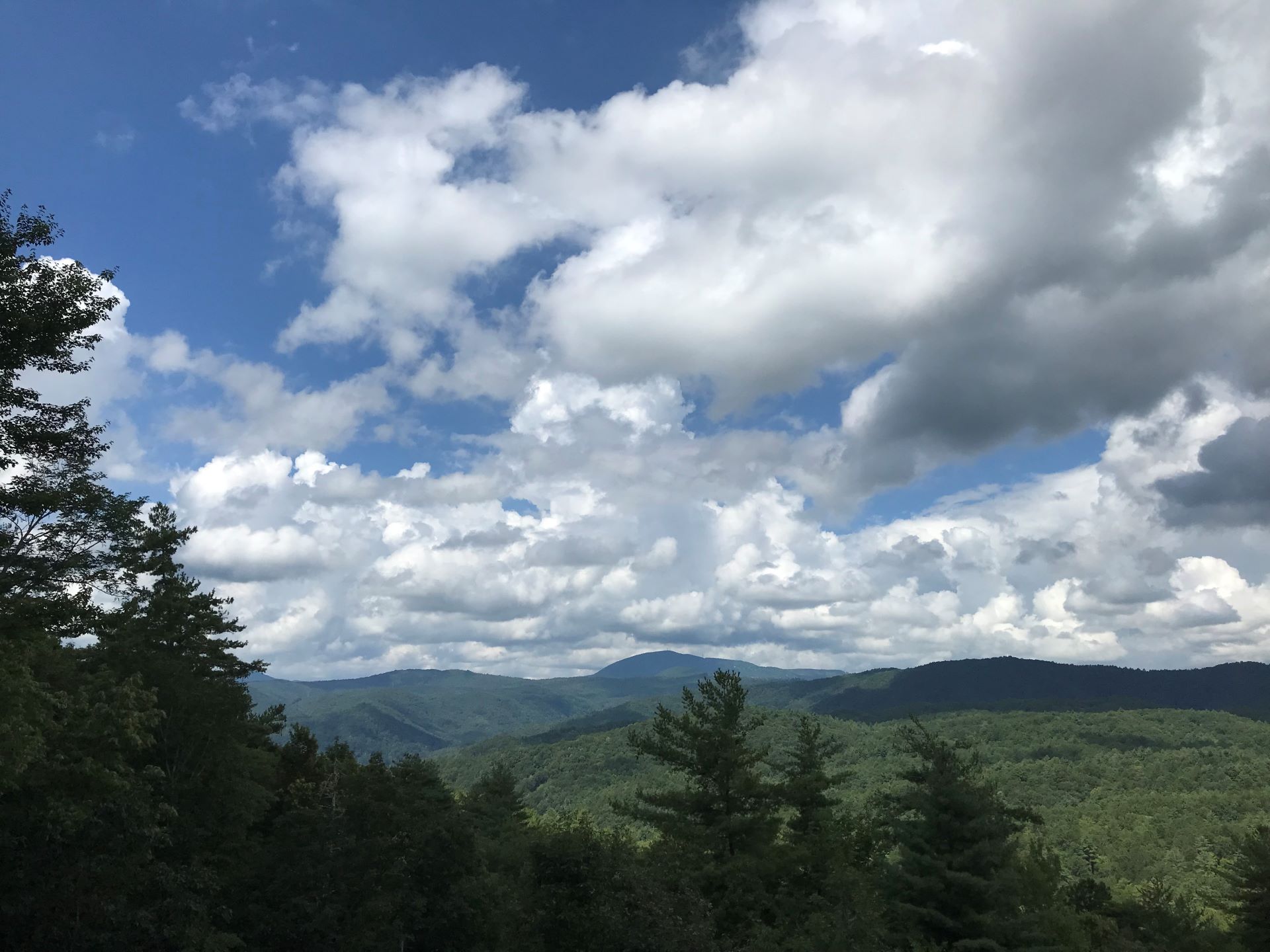In 2010 when I painted outdoors weekly with a group of painters we’d occasionally have a landscape painter from the Western US join us. The same complaint cropped up quickly.
“It’s too green here!”
The complaining painters would quickly quit in disgust, which always amused me.
East vs West
Western landscapes are comparatively easier to paint than a temperate rainforest with its dozens of nuanced shades of greens. Your eye has to learn to discern and separate the different greens: lime greens, bright yellow greens, bluish greens, muted yellow greens, reddish greens, brownish greens and grayish greens.
Mastering the subtlety with a limited palette of colors is one of the biggest challenges of painting outdoors, except for capturing the light quickly before the sun and clouds change. But once you figure it out you can paint landscapes with incredible depth and variety.
Western landscape painters don’t need to develop their eye for subtle color to the same degree because Western landscapes have clear separations of color and less greenery: orange rocks, black or dark mountains, dark green forests, blue sky, white clouds or snowcaps.
Is your eye for plants blind or just lazy?
So even landscape painters who have supposedly trained to observe Nature closely can suffer from “plant blindness,” a lack of awareness and knowledge of the larger non-human natural world around us because of our indoor- and screen-based lifestyles.
Surprisingly, people who work outdoors can be plant blind. When I was studying landscape horticulture years ago one of the landscapers in the class – a “mow, blow and go guy” – was frustrated learning to identify trees.
“I’m always looking at the ground,” he said. “I never look up.”
Pick your eyes up off the ground
Ain’t it true.
We watch where our feet are going, or we’re looking at our phones. We can pass walls and walls of green while driving and never notice whether they are trees or shrubs and what kind, unless our attention is caught by brightly colored flowers or changing leaves.
Outside is just an interim place we pass through while on our way to somewhere else. Until a developer or the government cuts down the trees and we’re shocked into noticing the sudden rawness of the earth.
Curing plant blindness is fairly straightforward. No doctor, surgery or drugs needed.
All you need is intention, curiosity, time outside and a plant ID app on your phone. This is one time when what I call Supportive Tech shines.
Supportive Tech to the rescue
Don’t know a plant or tree? Take a picture with your phone in the plant ID app. It will quickly generate a likely answer. Allow the app to know your location and you’ll get regional lists.
When I plugged in my location, elevation and date on a North Carolina wildflower app it generated a list of 2588 plants!
You know what I’m going to say: Get an app (below), go outside and go meet some green members of your natural community.
Make friends in green places.
Now, go wander outside!

P.S. New to The Unplugged Club? Join us.
3 Resources for You
There are dozens of plant ID apps. Here are a few of the recommended ones: PictureThis, Pl@ntNet, PlantSnap and Seek. Some are always free, have a free trial or are paid.
Get to know the birds! Big selection also. Those who are bitten by the birding bug swear by Merlin Bird ID by Cornell Lab.
Don’t forget the rocks! You’ll find both rock ID apps and geology apps to teach you how a region was created by geological forces. I have Rockd, which specifies geology by the global ecoregion, age, composition, elevation etc. Not for the average user, but fascinating if you’re willing to brush up on some geology knowledge.
2 Questions for You
Reflections, questions and ideas to break the digital spell.
1st Q: Do you suffer from plant blindness? Or do you notice, but aren’t concerned about knowing the names? (No judgment.)
2nd Q: What are your favorite Nature ID apps for plants, birds, animals etc? Share with us.
Hit reply and let me know what you discovered this week. I’ll use some of your feedback in next week’s newsletter (first name only.)
1 Action for You
One small step to start the change.
Identify three members of the natural community surrounding where you live or work this week. Notice how they change with the change of seasons upon us.
Hit reply, let me know how it goes and I’ll include feedback in next week’s newsletter.
Nature View

I don’t like formal gardens. I like wild nature. It’s just the wilderness instinct to me, I guess. – Walt Disney
